Affiliate links on Android Authority may earn us a commission. Learn more.
What is LTE Advanced?
Published onSeptember 15, 2019
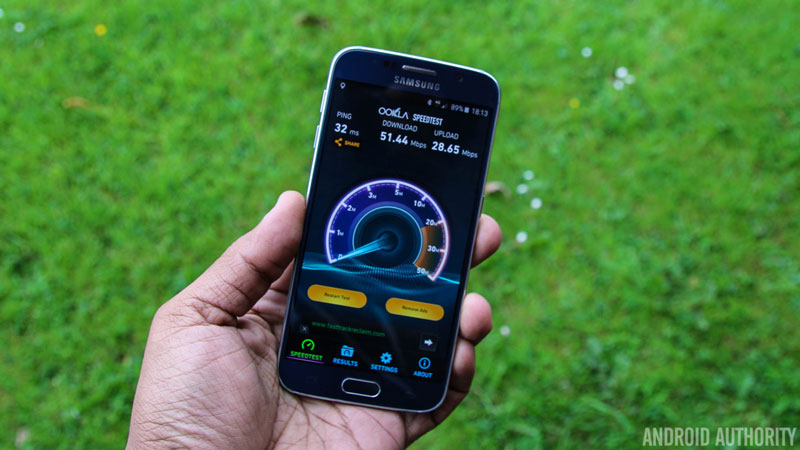
These days, 4G LTE is without a doubt the de facto standard for carriers across the globe when it comes to mobile broadband speeds, with 3G and other older technologies mostly relegated to more remote areas or black holes of coverage. But what’s next? The obvious answer is 5G, and it’s already live in a handful of countries. In the meantime, we’ve seen another type of cellular technology become commonplace: LTE-A.
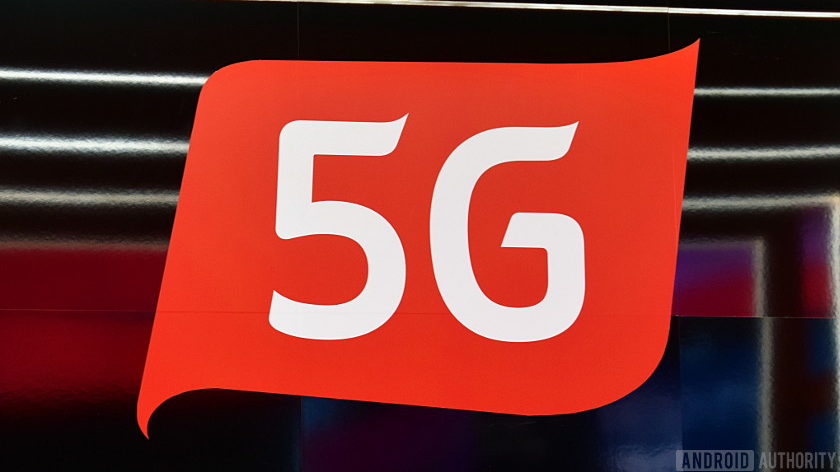
LTE-Advanced (LTE-A) has been available in Europe, North America, and Asia for a few years now. So what exactly is LTE-A? In this piece we take a closer look at how the technology works and what it means for consumers.
Don’t miss: Best 5G phones you can buy and all the 5G phones coming soon
How does LTE-A work?
As the name implies, LTE-Advanced is simply an evolved version of current LTE connectivity, using a variety of additional techniques to warrant the “advanced” name. The new functionalities introduced in LTE-Advanced are Carrier Aggregation (CA), better use of existing multi-antenna techniques (MIMO), and support for Relay Nodes. All of these are designed to increase the stability, bandwidth, and speed of LTE networks and connections.
We’ve also seen the arrival of LTE-Advanced Pro — also known as Gigabit LTE in some markets — (3GPP Release 13 and up). So how does this differ from standard LTE-A? This Sierra Wireless infographic does a good job of illustrating how it fits together.
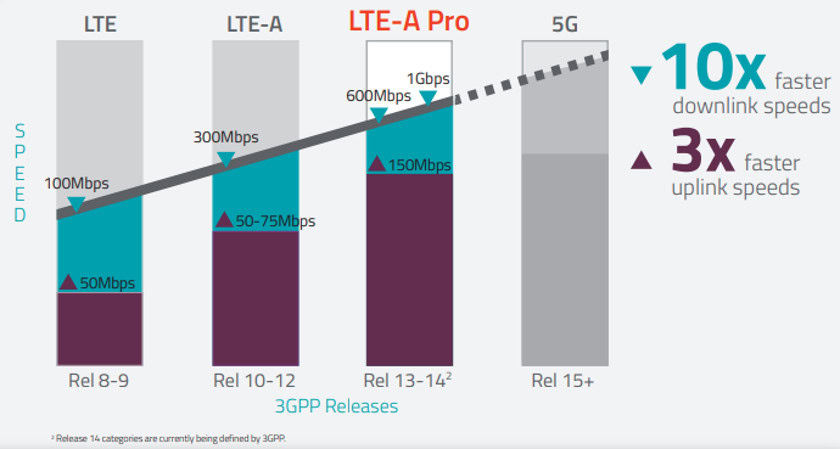
LTE-A Pro/Gigabit LTE uses existing 256QAM technology, more advanced carrier aggregation, and the other techniques to boost speeds over vanilla LTE-A. It’s also set to be a major part of 5G deployments, essentially blanketing areas in coverage where 5G isn’t available.
Carrier aggregation
Probably the key behind LTE-Advanced is carrier aggregation. Essentially this technology is designed to multiply the bandwidth of LTE connections by allowing you to download data from multiple network bands simultaneously. LTE component carriers, or bands, are split up into data carrying parts that can have a bandwidth of 1.4, 3, 5, 10, 15 or 20 MHz. Up to five component carriers can be aggregated together. Carrier Aggregation combines signals from these different carriers, allowing for bandwidth to increase up to 100 MHz for a single connection. This applies for both FDD and TDD network types, as well as both download and upload connections.
Carrier aggregation can work with contiguous component carriers that are located within the same operating frequency band, or with non-continuous carriers from different bands across different operating frequencies. The image below helps to explain this:
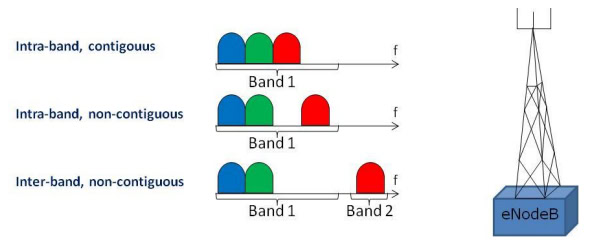
In terms of data speeds this technique can provide extremely high peak data rates, theoretically up to 1Gbps when utilizing the maximum available bandwidth from five carriers. Although commercial solutions only support up to three carriers with peak data rates up to 600 Mbps for LTE-Advanced. However, in reality carriers, hardware, and network coverage will fall short of this theoretical maximum, for example peaking at around 150Mbps download speeds with two 20MHz carriers enabled.
We’ve also seen LTE-Advanced Pro/Gigabit LTE emerge, touting carrier aggregation with up to 32 component carriers. This next step theoretically offers speeds of up to 3Gbps, although peak data rates on real-world networks during testing reportedly top out at 1Gbps. Expect this figure to dip even further below the gigabit mark when you use these networks today, owing to congestion, the environment, and other factors.

Another major benefit of Carrier Aggregation is that is allows for full backwards and forwards compatibility between existing LTE networks and LTE-Advanced compatible devices. LTE-Advanced connections will be provided through existing LTE bands, so standard LTE users will continue to use LTE as normal, whereas Advanced connections will make use of multiple LTE carriers.
MIMO
Multiple Input Multiple Output technology (MIMO) is another technology required for LTE-Advanced to work. MIMO increases the overall transfer bitrate by combining data-streams from two or more antennas and allows for carrier aggregation to work.
Rather than sending a single piece of information from one sender to one receiver, you can send the same single piece of information from multiple senders to multiple receivers. It’s a parallel process, which substantially increases the amount of data you can send and receive each second (bits per hertz,) providing you have a receiver modem which can sort all the information out into the correct order.
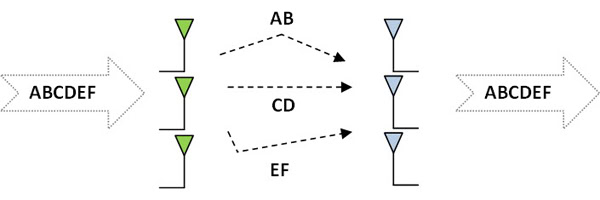
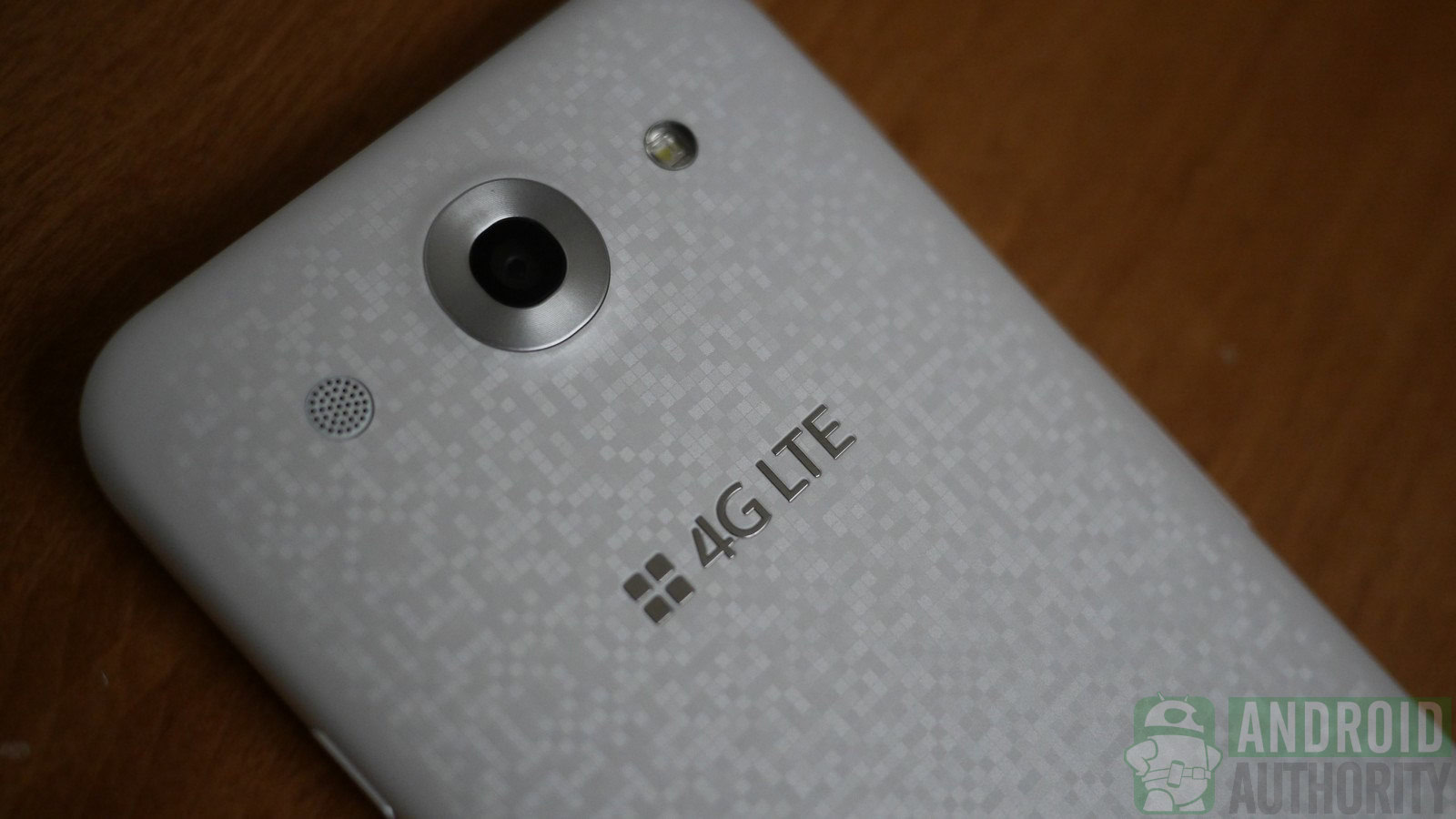
Although MIMO is already used in LTE networks, LTE-Advanced requires that chips increase the number of inputs and outputs used simultaneously. Vanilla LTE-Advanced supports up to eight transmitters and receivers whilst downloading and four by four when uploading. The increased MIMO arrangement will also improve the speed and connection quality of legacy connections such as CDMA, GSM, and WCDMA.
We’re also seeing so-called massive MIMO being deployed for LTE-Advanced Pro/Gigabit LTE, consisting of up to 16 transmitters and receivers. This technology is also set to form the foundation for 5G.
QAM

Another important part of the LTE-Advanced puzzle is quadrature amplitude modulation (QAM). This technique essentially crams more bits of information into the signal sent from a tower to your phone. Higher QAM delivers more information in a signal and thus faster speeds.
Qualcomm has compared QAM to trucks carrying a bigger load due to more efficient packing, therefore reducing the number of trucks needed on a highway.
We’ve previously seen 64QAM being used in LTE-A, but LTE-Advanced networks from the likes of Verizon, T-Mobile and others use 256QAM too. This particular version of QAM dramatically boosts bandwidth and, much like massive MIMO, is another foundational technology used in 5G. In fact, Qualcomm says 256QAM boosts download speeds by 33 percent over 64QAM.
This technology is also used in Wi-Fi, with Wi-Fi 5 (802.11ac) using 64QAM, while the new Wi-Fi 6 standard takes advantage of 1024QAM. In any event, 64QAM and 256QAM are both used in standard LTE-A, while LTE-A Pro generally sticks to 256QAM.
Cell hardware
The final piece of technology introduced with LTE-Advanced is a piece of carrier hardware called a relay node. Whilst relay nodes aren’t an integral part of improving your data speeds, they will improve the availability of LTE connections, and offer you more connections to choose from when sending a receiving data.
Simply put, a relay node is a low-powered base station used to boost network coverage at the ends of and beyond the connection radius of the main station. These relay nodes connect wirelessly to the main station, and should help boost your signal when wondering close to the edge of your LTE network. Of course access to improved connectivity will be entirely dependent on whether carriers bother to invest in building these nodes.
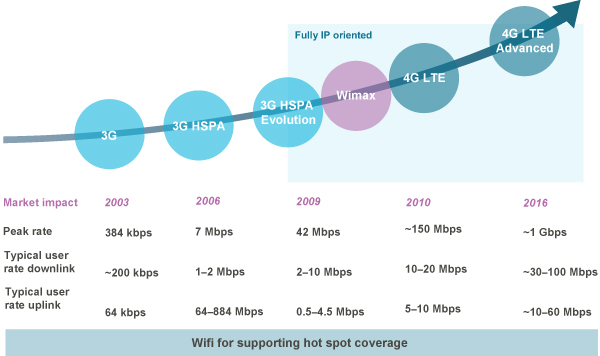
Modem hardware
To function correctly, carrier aggregation, QAM, and MIMO require both telecommunications and device hardware implementations. You will find that many smartphone SoCs and external modems support these faster data rates. LTE-Advanced hardware details were introduced with the Release 10 specifications back in 2011. Any LTE Category 4 device or higher supports carrier aggregation, QAM, and the larger MIMO configurations, each to varying degrees. Meanwhile, LTE Category 16 devices or later offer support for Gigabit LTE or LTE-Advanced Pro devices.
One example is Qualcomm’s Snapdragon 845 chipset, which uses an in-house X20 LTE modem (Category 18/13). This modem offers five band carrier aggregation for downlink, 4×4 MIMO and 256QAM. In other words, it has all the device ingredients necessary for LTE-Advanced and LTE-Advanced Pro connectivity.
| LTE Class | Speeds | Aggregation Options |
|---|---|---|
| LTE Class Category 12 | Speeds 600 Mbps download 100 Mbps upload | Aggregation Options 3 x 20MHz download 2 x 20MHz upload |
| LTE Class Category 10 | Speeds 450 Mbps download 100 Mbps upload | Aggregation Options 3 x 20MHz download 2 x 20MHz upload |
| LTE Class Category 9 | Speeds 450 Mbps download 50 Mbps upload | Aggregation Options 3 x 20MHz download |
| LTE Class Category 7 | Speeds 300 Mbps download 100 Mbps download | Aggregation Options 2 x 20MHz download 2 x 20MHz upload |
| LTE Class Category 4 | Speeds 150 Mbps download 50 Mbps upload | Aggregation Options 2 x 10MHz download |
Samsung’s Exynos 9820 used in the Galaxy S10 series offers the firm’s own LTE-Advanced Pro/Gigabit LTE modem. This offers Category 20 speeds with up to eight band carrier aggregation, 4×4 MIMO, and 256QAM. In fact, Samsung claims downlink speeds of up to 2Gbps.
HUAWEI is another major player supporting LTE-Advanced and Pro/Gigabit LTE, starting with the Kirin 970 chipset in the HUAWEI Mate 10 series and P20 series. The Kirin 970 offers Category 18 support, while the Kirin 980 delivers a Category 21 modem.
The hardware inside your smartphone is clearly only part of the battle though. Your carrier needs to support these technologies in order for you to get the lowest latency and fastest download speeds.
Global rollout
It’s taken a while, but LTE-A has made its way around the world since its inception. Most of the major networks in Africa, Asia, Europe, and the Americas have adopted the standard. Heck, LTE-Advanced Pro is also reaching several markets now, in the form of Gigabit LTE.
It seems like old news at this point as 5G networks slowly make their way around the world, but the building blocks of LTE-A and LTE-Advanced Pro have never been more important. This is because the technologies underpinning LTE-A and LTE-A Pro will be used on the edge of 5G networks as a fallback option for users.